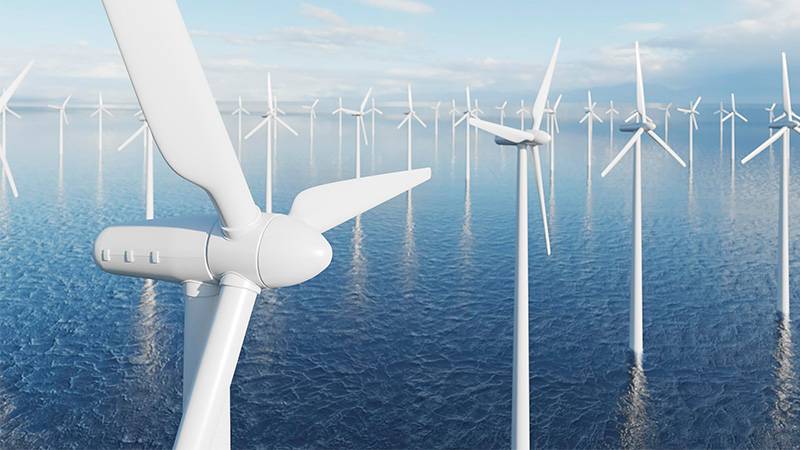Dominion Energy’s $9.8 billion Coastal Virginia Offshore Wind (CVOW) project stands as a significant milestone in the U.S. offshore wind industry, especially as Danish wind giant Ørsted recently withdrew from major projects in New Jersey. This move by Ørsted highlights the challenges faced by the U.S. offshore wind sector, including supply chain issues, rising costs, regulatory delays, and volatile renewable energy prices. Despite these setbacks, the industry has received substantial support through state and federal funding.
Dominion’s Coastal Virginia project, which boasts a capacity of 2.6 gigawatts, has managed to stay on track thanks to a combination of factors: favorable regulatory conditions, bipartisan legislative support in Virginia, and extensive federal tax credits. The project’s progress is crucial for the industry, as its success could provide a much-needed roadmap for future developments. However, its completion by 2026 and the achievement of clean energy goals remain uncertain.
The U.S. offshore wind industry is struggling to meet the Biden administration’s target of 30 gigawatts by 2030. Numerous projects have been delayed or canceled, resulting in a significant reduction in planned investments. In contrast, Europe’s offshore wind capacity stands at 32 gigawatts, far surpassing the U.S.’s modest 42 megawatts. The challenges faced by the industry include macroeconomic issues, as acknowledged by John Podesta, senior advisor to President Biden.
“As we move into 2024, the industry is entering a new phase and learning from our mistakes,” said Sam Salustro, vice president of strategic communication at Oceantic Network, an industry group that supports offshore wind. “The total pipeline of projects approved to begin construction will soon exceed 7 GW, a substantial increase in just the last year, and another 10 GW is in a near-term pipeline for approval.”
According to GreenBiz, Dominion Energy’s advantages in this landscape include legislative backing from the 2020 Virginia Clean Economy Act, regulatory favorability from the State Corporation Commission, and strong community support. Unlike private developers, Dominion, as a regulated utility, can incorporate project costs into state-approved electricity rates. This structure, along with its status as a vertically integrated power company, allows Dominion to manage costs effectively.
Dominion’s political influence in Virginia has been a subject of criticism, with allegations of it shaping legislation to its benefit. Despite this, the company has made significant efforts to engage with local communities and mitigate the impact of its developments.
The Inflation Reduction Act has further bolstered Dominion’s project through tax incentives, including a 30% investment tax credit for offshore wind components. Additional credits are available for using domestic materials and establishing facilities in specific communities. These incentives are expected to reduce the overall cost of the Coastal Virginia project significantly.
The U.S. offshore wind industry, despite current challenges, shows signs of recovery. With the installation of the first turbine for the South Fork Wind project in New York and other upcoming projects, the sector anticipates a surge in capacity and a learning curve from past experiences. Dominion Energy’s CVOW project, with its unique advantages and support, plays a pivotal role in this evolving landscape.
More inspiring green news similar to this:


